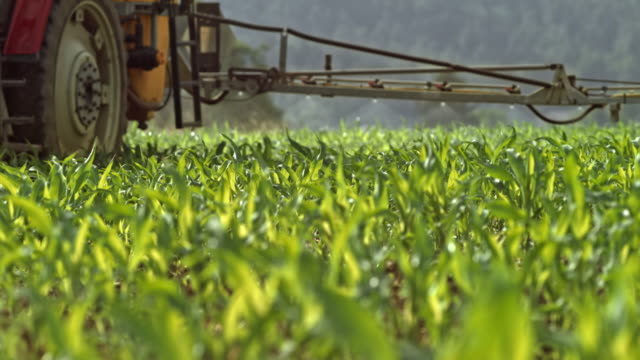Pesticides, used predominantly in agricultural settings, pose substantial risks not only to human health but also widely impact terrestrial and aquatic wildlife species. The application of these chemicals in farming and pest control disrupts ecosystems and precipitates cascading effects on wildlife, including reproductive impairments and mortality across numerous species.
One of the most disconcerting impacts of pesticide use on wildlife is the distortion of reproductive systems. This disruption is primarily due to the chemicals' endocrine-disrupting capabilities, which mimic or inhibit natural hormones.
Dangers Posed by Pesticides to Wildlife
Chemicals intended to kill pests can also accidentally harm birds, aquatic life, and beneficial insects. The inadvertent effects range from immediate toxicity causing death to subtle long-term health issues such as cancer or weakened immune systems. Pollinators like bees, crucial for the pollination of many crops and native plants, are especially vulnerable to neonicotinoids and other pesticides, which can impair their navigation and foraging behavior, ultimately leading to colony collapse disorder.
Moreover, water runoff carrying these pesticides often leads up contaminating the adjacent water bodies, drastically affecting aquatic life forms and altering the ecological balance.
The Financial Consequences of Pesticide Use on Wildlife Populations
The decline in wildlife populations due to pesticide exposure does not only represent a loss in biodiversity but also has significant economic impacts. For example, the decrease in pollinator populations affects crop yields and, consequently, the agricultural economy directly ties to pollinator health.
The economic ramifications of declining wildlife from pesticide exposure necessitate a shift towards more sustainable agricultural methodologies.
The Role of Organic Agriculture in Wildlife Conservation
Transitioning to organic farming methods offers a solution to the pervasive issue of pesticide-induced harm to wildlife. Organic practices forbid the use of synthetic pesticides and fertilizers, favoring natural alternatives that are less harmful to wildlife and more sustainable in the long term.
By fostering a healthier ecosystem, organic farming enhances biodiversity and strengthens the resilience of wildlife populations against diseases and climatic changes.

